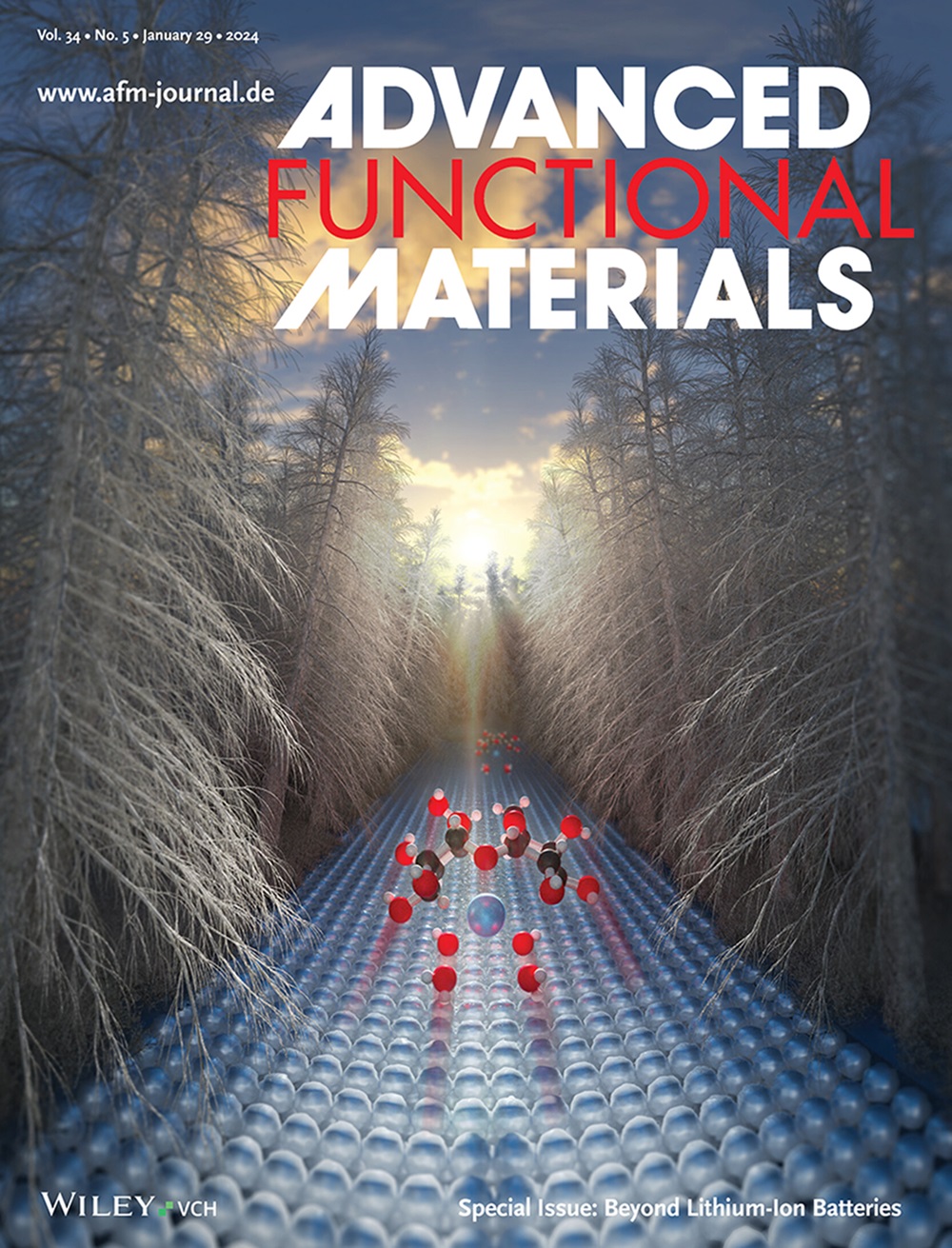3D Printing of Bioceramic Multifunctional Scaffolds for Bone Tissue Engineering
IF 19
1区 材料科学
Q1 CHEMISTRY, MULTIDISCIPLINARY
引用次数: 0
Abstract
Bone tissue engineering (BTE) has great potential for treating refractory bone defects caused by degenerative diseases, age‐related diseases, and immunometabolic disorders without the complications associated with traditional autologous or allogeneic bone grafts. 3D printing technology allows precise control of scaffold structures to fabricate complex structures that mimic the layered tissues of natural bone to meet patients' anatomical and functional requirements, and has been widely used for bionic scaffold processing for BTE. Compared to inert scaffolds, bioceramic scaffolds offer superior capabilities such as excellent biocompatibility, bioactivity, suitable mechanical properties, controlled degradation rates, and functionality to meet individual needs, which are essential for enhanced osseointegration and mechanical stability. In addition, they can yield controlled multifunctional therapeutic effects matched to the needs, such as antibacterial or antitumor properties. This study reviews advances in 3D‐printed bioceramic multifunctional scaffolds for BTE. First, 3D printing techniques and a range of bioceramic materials suitable for bioceramic scaffolds are introduced. Notable advances in 3D‐printed bioceramic scaffolds for personalized structural and multifunctional repair are discussed. Finally, the review highlights the challenges faced in the development and clinical application of multifunctional bioceramic scaffolds, discusses future trends, such as the application of modular scaffolds, and points out emerging technologies in this field.骨组织工程生物陶瓷多功能支架的3D打印研究
骨组织工程(BTE)在治疗退行性疾病、年龄相关疾病和免疫代谢紊乱引起的难治性骨缺损方面具有巨大的潜力,而且没有传统自体或异体骨移植相关的并发症。3D打印技术可以精确控制支架结构,制造出模仿天然骨分层组织的复杂结构,满足患者解剖和功能需求,已广泛应用于BTE仿生支架加工。与惰性支架相比,生物陶瓷支架具有优异的生物相容性、生物活性、合适的机械性能、可控制的降解率和满足个体需求的功能,这些对于增强骨整合和机械稳定性至关重要。此外,它们可以产生与需要相匹配的可控多功能治疗效果,例如抗菌或抗肿瘤特性。本文综述了3D打印生物陶瓷多功能BTE支架的研究进展。首先,介绍了3D打印技术和一系列适用于生物陶瓷支架的生物陶瓷材料。本文讨论了用于个性化结构和多功能修复的3D打印生物陶瓷支架的显著进展。最后,综述了多功能生物陶瓷支架在开发和临床应用中面临的挑战,讨论了未来的发展趋势,如模块化支架的应用,并指出了该领域的新兴技术。
本文章由计算机程序翻译,如有差异,请以英文原文为准。
求助全文
约1分钟内获得全文
求助全文
来源期刊

Advanced Functional Materials
工程技术-材料科学:综合
CiteScore
29.50
自引率
4.20%
发文量
2086
审稿时长
2.1 months
期刊介绍:
Firmly established as a top-tier materials science journal, Advanced Functional Materials reports breakthrough research in all aspects of materials science, including nanotechnology, chemistry, physics, and biology every week.
Advanced Functional Materials is known for its rapid and fair peer review, quality content, and high impact, making it the first choice of the international materials science community.
 求助内容:
求助内容: 应助结果提醒方式:
应助结果提醒方式:


